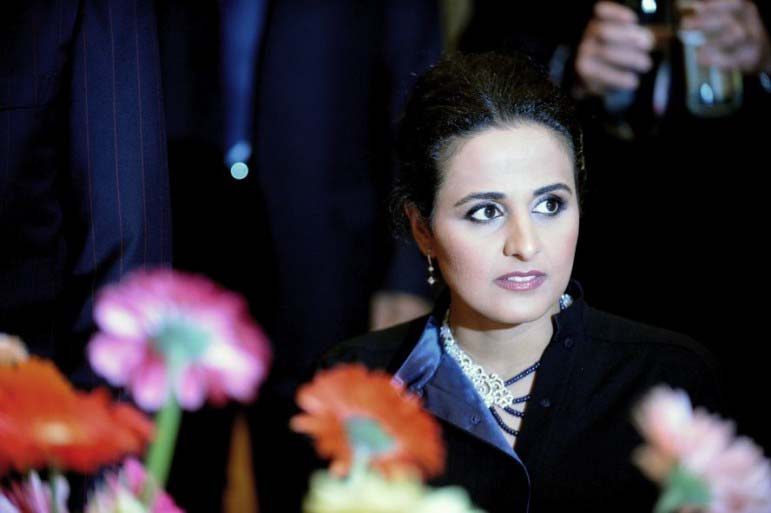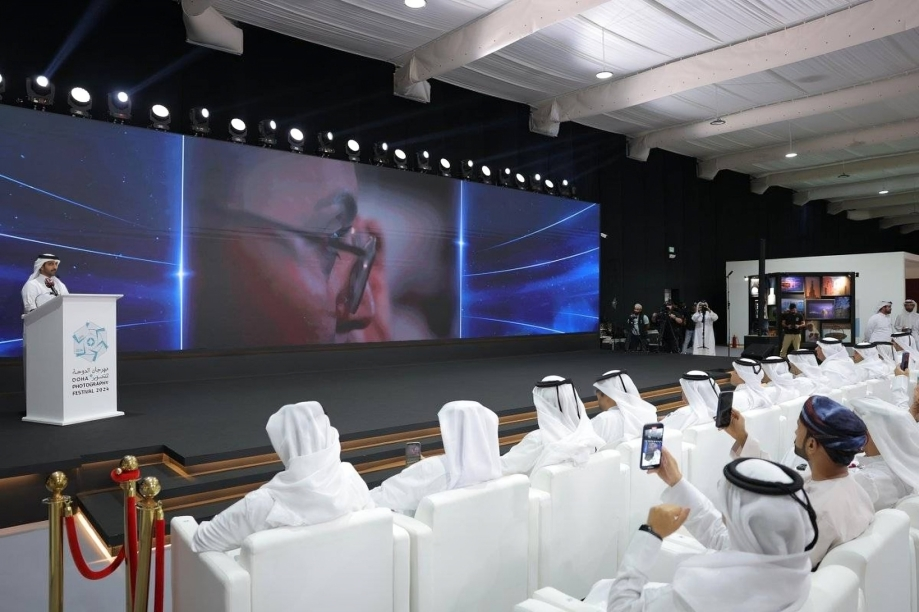
Sheikha Al Mayassa bint Hamad Al Thani, chairperson of Qatar Museums (QM) and sister of the Emir, has been named one of the world’s 100 Most Powerful Women in Art by a leading international art industry website.
Artnet News featured Sheikha Al Mayassa in the first installment of its female global power players in the art world this week, as part of a year-long celebration of women in the field.
The list, which is arranged alphabetically rather than as a ranking, also includes another leading Gulf woman in the sector – Sheikha Hoor Al-Qasimi, President of Sharjah Art Foundation.
Earlier this year, the website, which is a major reference tool used by those in the international art market, ranked Sheikha Al Mayassa as one of 25 Art World Women at the Top. At the time, the site said:
“By extending Qatar’s art collection and inviting international art players to Doha, she embodies Qatar’s cultural policy.”
Top titles
This ranking is the latest in a long line of accolades bestowed on Sheikha Al Mayassa, recognizing her leadership of QM and position in the global art world.

Earlier this year, she was named by Time magazine as one of the world’s 100 most influential people and in 2012 the Economist dubbed her the art world’s most powerful woman.
During her 2012 debut on Forbes’ list of global power women, she was dubbed the “undisputed Queen of the art world,” and she regularly features in industry publications’ rankings of influential international players in the scene.
Since assuming the role of Chairperson of QM (formerly Qatar Museums Authority) in 2006, Sheikha Al Mayassa has rapidly developed and consolidated her position as one of the world’s biggest and most influential art buyers.
She has made no secret of her aim to make Qatar a regional hub for contemporary and modern art.
In a TED talk in 2010, she said:
“We are revising ourselves through our cultural institutions and cultural development. Art becomes a very important part of our national identity.”
Experts estimate her acquisition budget to be in the region of $1 billion a year, which she uses to buy up some of the world’s key pieces of contemporary art.
This includes apparently setting a world record by spending $250 million on Cezanne’s Card Players in 2011 – then, the highest-ever known price for a painting, and a reported $310m for 11 Rothkos, although this purchase remains unconfirmed.
Art agenda
QM has been spearheading a drive to bring a large volume of high-profile international art to Qatar in the last few years, both for the royal family’s private collection and for public display through the Museum of Islamic Art (MIA) and Mathaf (Arab Museum of Modern Art), as well as a number of public art installations.
However, at times the exhibitions have proved controversial. Last October for example, some nationals expressed dismay at Adel Abdessemed‘s “Coup de Tête” – a now-infamous 5-meter statute of two fighting footballers that was erected on the Corniche.
Though it was meant to be a permanent installation, the statue was quickly removed after critics said it was “unsportsmanlike” and offensive to religious sensibilities.
At the time, QM said it would be transferred to Mathaf, although it has yet to be publicly displayed there.

Meanwhile, QM has been undergoing organizational change over the last few years.
Earlier this year, its acting CEO and Director Edward Dolman, who was brought in by Sheikha Al Mayassa in 2011, quit amid disquiet among the national community about how QM spends its budget and the number of expat staff working there.
Although Sheikha Al Mayassa supported Dolman in a memo sent to all staff, in April of this year Dolman announced that he would not be renewing his contract with QM and left to pursue other projects.
Following claims of “corruption and nepotism” in the Arab media, QM said it would transform from a government organization into a “private entity for public good,” but this has yet to happen.
Thoughts?








